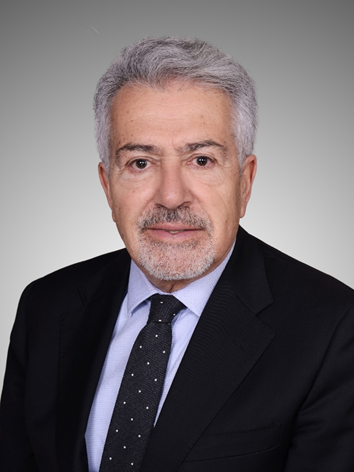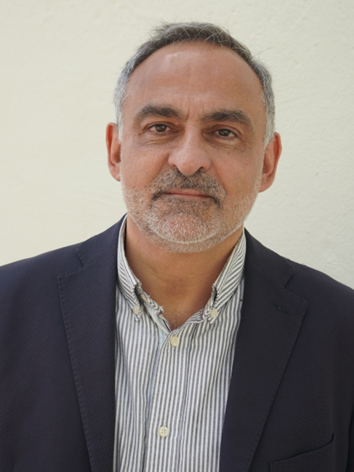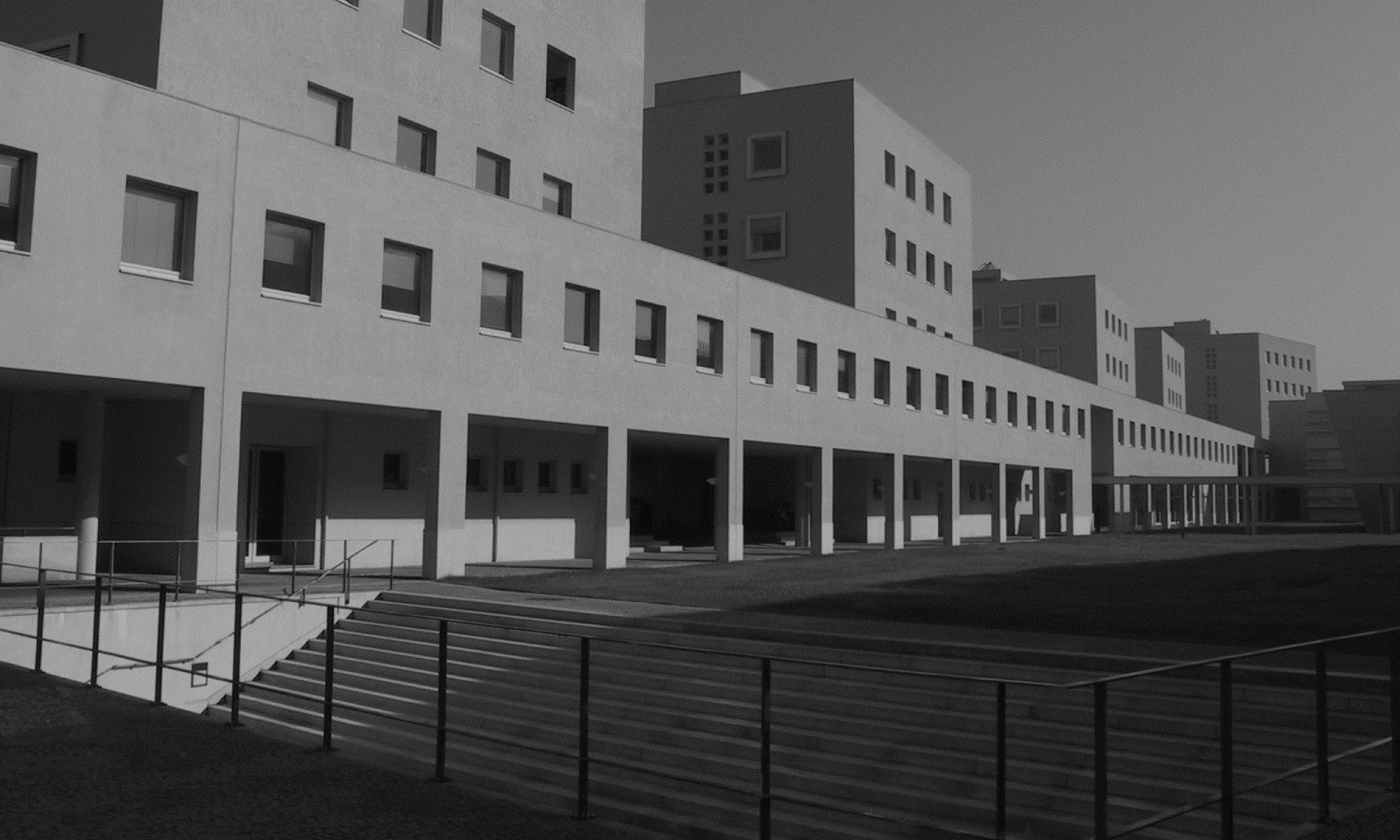 Haluk Sucuoğlu Middle East Technical University, Ankara, Turkey |
Bio: Haluk Sucuoğlu is an Emeritus Professor in the Department of Civil Engineering at the Middle East Technical University, Ankara, Turkey. He is also teaching at the earthquake engineering graduate program of the Pavia University (UME, Rose School) in Italy.
Dr. Sucuoğlu’s field of research in earthquake engineering include nonlinear response analysis, energy based procedures, seismic retrofitting, seismic isolation, laboratory testing, earthquake resistant design and blast resistant design. He is a Coordinating Member of the Turkish Seismic Code Committee. Dr. Sucuoğlu has also recently prepared the Seismic Design and Qualification Guidelines for Substations in Turkey. Currently, he is serving as the peer reviewer of several large projects in Turkey including airport terminals, tall buildings and seismic isolation design of hospital complexes and residential buildings. He was the coordinator of the EU FP6 Project No. 17067 “Capacity Building in Earthquake Research for Urban Risk Reduction”, 2005-2008.
Dr. Sucuoğlu is an honorary member of the Earthquake Engineering Association of Turkey. He is the editorial board member of Earthquake Spectra, Journal of Earthquake Engineering and Soil Dynamics and Earthquake Engineering Journals. He is the author of a textbook on earthquake engineering for undergraduate students (Basic Earthquake Engineering, Springer, 2014). He is the recipient of Turkish Science and Education Foundation 2012 Science Award.
Energy-Based Earthquake Engineering: Current Challenges and Future Directions
Abstract: Current status of energy-based assessment and design procedures are evaluated with reference to the force-based and displacement-based procedures. The advantages and shortcomings of energy based approaches are discussed.
Input energy was long recognized as a better demand parameter in expressing the effects of ground motions on structures as compared to accelerations (forces) or displacements (deformations) induced by ground motions. Past research have clearly revealed the weak dependence of spectral input energy on viscous damping ratio and inelastic response, which is a clear advantage for expressing the demand of ground motions from structural systems in performing analysis and design. Moreover, the duration of earthquake excitation, hence the magnitude of causative earthquake is well represented by the input energy spectrum which is a function of initial structural period and ground motion intensity only. The black box in energy based approaches however is both the distribution of input energy in structural systems (analysis), and the energy dissipation capacity of structural components.
Structural design is based on satisfying the fundamental inequality; [Capacity < Demand]. This is an intricate process when demand is dominated by strong earthquake actions, under which inelastic response is inevitable. In force-based design, demand is expressed by the acceleration response spectrum. Analysis is performed by the linear elastic response spectrum procedure, and demands from structural components (capacities) are provided to satisfy the force equilibrium. Both response spectrum analysis and force equilibrium in component design have theoretical basis. However inelastic response is accounted for by reducing the acceleration spectrum with heuristic response reduction factors that has no physical basis. In displacement-based design on the other hand, seismic demand and analysis stages are similar to the force-based design where the demands from structural components are expressed in terms of displacements. Inelastic response is accounted for by employing the equal displacement principle which is also heuristic, but has a stronger basis compared to the response reduction factors. Deformation demands from structural components are satisfied through proper detailing in order to provide the required deformation capacities. Hence, the fundamental inequality is worked in terms of deformations.
Both force and displacement-based procedures do not consider earthquake duration which leads to the degradation of strength and stiffness, both of which are the major causes of damage accumulation under seismic actions. Energy-based design have such an advantage as an alternative, but analysis procedures and energy dissipation capacity of structural components are not yet well defined. The main purpose of this presentation is discussing both issues in a broad perspective, and suggesting practically applicable solutions. Further advantages of energy based approaches associated with the energy dissipating devices and loss estimation under mainshock-aftershock sequences are also assessed.
 Amadeo Benavent-Climent Technical University of Madrid, Madrid, Spain |
Bio: Doctor in Engineering by the University of Tokyo. Currently, Full professor in Earthquake Engineering at the Technical University of Madrid (UPM, Spain) and Deputy Head of the Department of Mechanical Engineering. Coordinator of Master in Earthquake Engineering: Dynamics of Soils and Structures, and Principal Investigator of the Research Group with the same name. Member of the International Advisory Board of several international journals (Bulletin of Earthquake Engineering, Structural Engineering and Mechanics, Earthquakes and Structures). President of Spanish Mirror Subcommittee Eurocodes SC8. Member of Spanish Committee AEN/CTN 140 Eurocodes. Member of European Committee CEN/TC 250/SC 8. Selected by EU as member of Project Team SC8.T1 for next generation Eurocode 8.
Research activity developed in Japan (1992-1998), Technical University of Catalonia (1998-2000), University of Granada (2000-2010) and UPM (2011-2020), in the field of earthquake engineering. Early research in Japan (1992) focused on the seismic behavior of reinforced concrete (RC) beams with web-openings and expanded in 1995 to explore the use of passive control systems in earthquake resistant structures, under the guidance of Professor Akiyama. Central topics in this research involved the design of hysteretic dampers, prediction of ultimate energy dissipation capacity, and developing energy-balance based methods for designing steel and RC structures with passive control devices. His earthquake engineering research has resulted in more than 100 peer-reviewed papers published, most of them in JCR journals, several books and three patents currently licensed, 17 PhD Theses and more than 100 refereed conference papers. Since 2010, he has led 6 research projects funded by the Spanish Government and the Government of Andalucía (1.4 million €), 3 research contracts funded by private companies (0.26 million €) and 2 contracts with public administrations (0.11 million €).
Implementation of the Energy-Balance based approach in the 2nd generation of Eurocode 8 for structures with energy dissipation systems
Abstract: The second generation of Eurocode 8 implements the energy-balance based analysis for the verification of building structures with displacement-dependent energy dissipation devices. This approach is particularly appropriate for this type of structures since the proper management of the energy input by the ground motion is a key to successful design. In the verification, the designer is concerned not so much with the resistance to lateral forces (force-based approach) or with the lateral displacements (displacement-based approach) but with the product of both, that is, with energy. The structure with energy dissipation systems must be verified for low intensity earthquakes and for severe earthquakes associate with the limit state of significant damage. The method can be also applied for verifying the near-collapse limit state. In call cases, it must be checked that the energy dissipation demand is smaller than the energy dissipation capacity of the structure at each storey. The main formulae used in the analysis is presented, accompanied with some examples of application.

